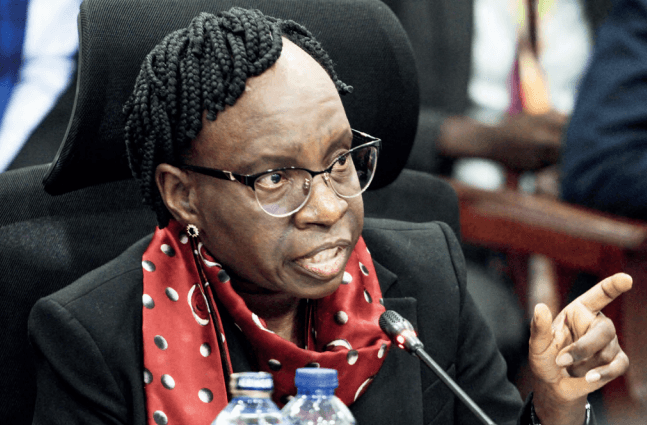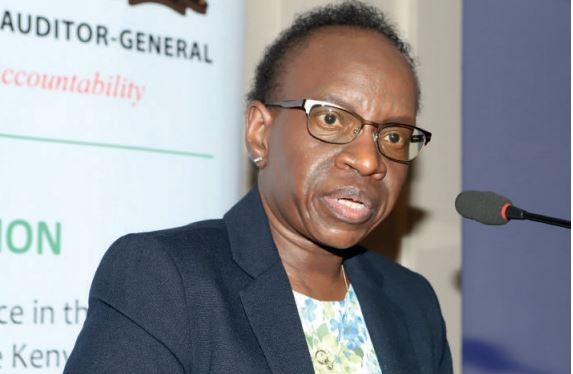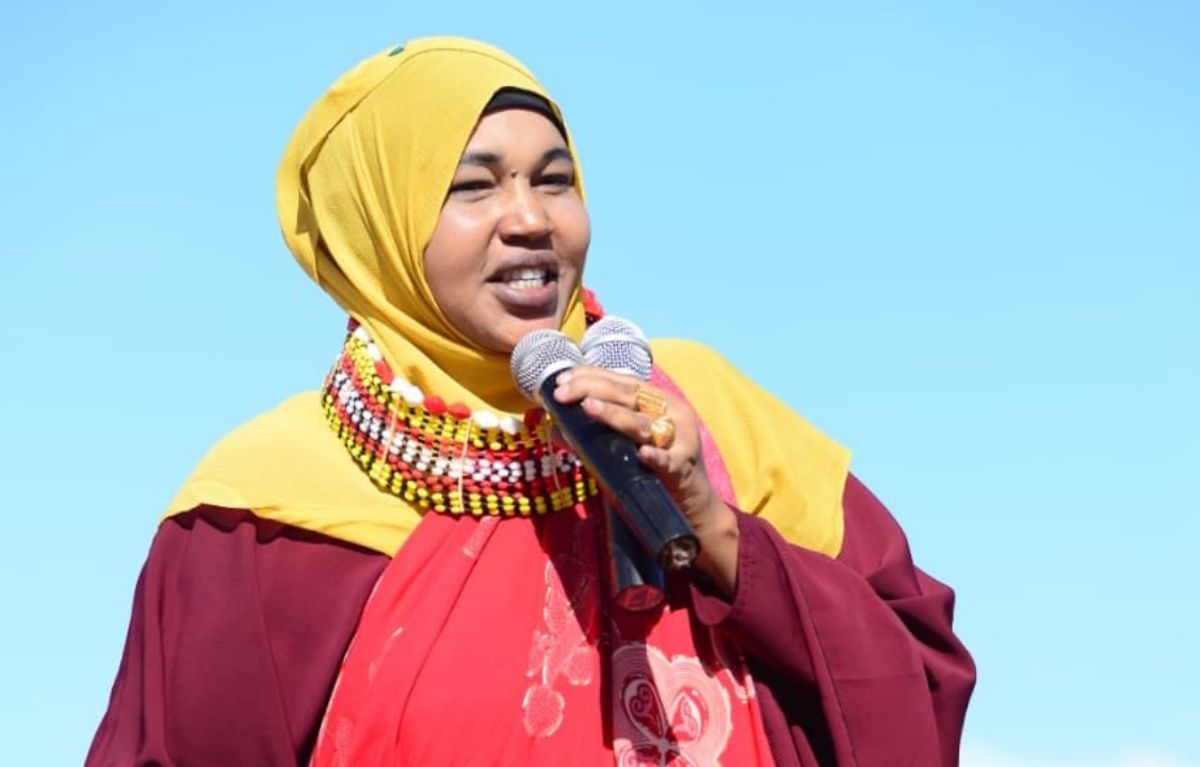

Deputy President Kithure Kindiki has declared that the transformation of Kenya’s education sector over the last 22 years is “irreversible,” highlighting seven major achievements made in past two years.
In a statement released over the weekend, Kindiki said the government has significantly enhanced access, affordability, quality, and relevance within the education system since 2022.
He emphasised that these achievements are not only structural but are laying a foundation for long-term sustainability and inclusion.
At the top of the list, Kindiki highlighted the resolution of long-standing issues within the Competency-Based Curriculum (CBC).
He said the model has now evolved into a more comprehensive framework referred to as Competency-Based Education and Training (CBET), which will serve both learners and trainers better.
“A seamless transition to senior school is expected in January 2026,” he announced.
The second milestone, he noted, is the construction of 23,000 new classrooms across the country—16,000 of them built by the Ministry of Education and 7,000 under the National Government Constituencies Development Fund (NG-CDF).
To further enhance science education, he said the government will also embark on the construction of 1,600 new science laboratories, primarily targeting underserved regions and schools offering the Science, Technology, Engineering, and Mathematics (STEM) pathway.
Kindiki identified teacher recruitment as the third key achievement. Since 2022, the government has hired 76,000 primary and secondary school teachers—a significant leap from the average of 5,000 teachers employed annually before 2022.
He added that another 24,000 teachers will be employed in December 2025, bringing the total number of newly recruited teachers to 100,000 within three years—nearly a third of all teachers employed in Kenya from 1963 to 2022.
The Deputy President also lauded the expansion of Technical and Vocational Education and Training (TVET) as fourth milestone, noting that student enrollment has more than doubled from 297,000 in 2022 to over 700,000 today.
This surge, he explained, is directly linked to increased government investment in modern equipment, recruitment of tutors, adoption of a modular curriculum, and the rollout of the Dual Training Policy and Recognition of Prior Learning (RPL) system.
The fifth milestone, according to Kindiki, is the successful implementation of the Dual Training Policy in TVET institutions.
The policy ensures that students gain hands-on experience through compulsory industry exposure before graduation.
Complementing this is the Recognition of Prior Learning certification system, which formalises the skills of individuals with experiential knowledge but no formal academic training in their area of expertise.
A sixth significant reform is the introduction of a new University Funding Model.
Kindiki explained that the model is designed to ensure no qualified student is denied access to university education due to lack of financial resources.
The model also aims to address the ongoing financial challenges faced by many public universities and avert potential insolvency.
Finally, the seventh milestone is the establishment of the Open University of Kenya, which is expanding access to higher education by offering distance and digital learning.
Kindiki said the new institution is a game-changer for working adults and learners in remote areas, and a critical step in making university education more inclusive and flexible.
“These achievements mark just the beginning,” the Deputy President said. “They demonstrate our resolve to build an education system that is not only resilient but one that unlocks opportunity and dignity for every Kenyan.”
Kindiki reaffirmed the government’s commitment to deepening these reforms and ensuring that every Kenyan, regardless of their background, has access to quality education.



















